An Initiative Long-Past Due
"This unprecedented step, led by the Department of State, recognizes the reality that Iran is not only a state sponsor of terrorism, but that the IRGC actively participates in, finances, and promotes terrorism as a tool of statecraft."
"[The move is meant to] significantly expand the scope and scale [of pressure on Iran]. If you are doing business with the IRGC, you will be bankrolling terrorism."
U.S. President Donald Trump
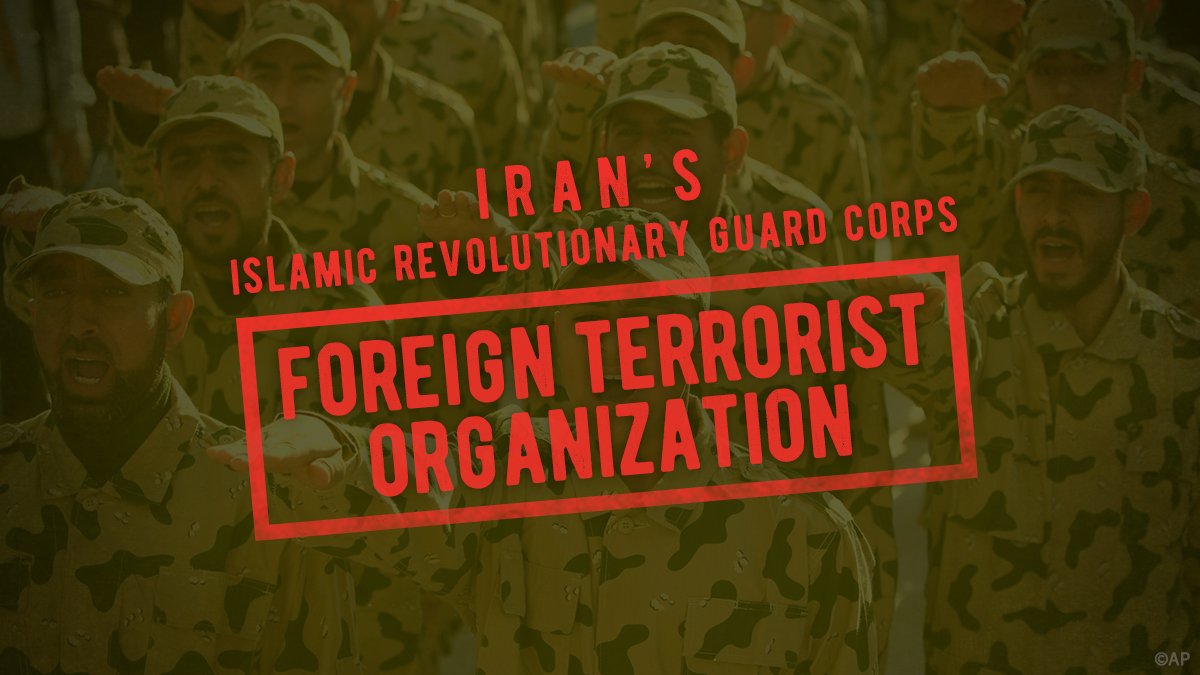
"Who are you to label revolutionary institutions as terrorists?"
"You are the leader of world terrorism."
"This mistake will unite Iranians and the Guards will grow more popular in Iran and in the region."
"America has used terrorists as a tool in the region while the Guards have fought against them from Iraq to Syria."
"[The US is the] leader of world terrorism."
Iranian President Hassan Rouhani
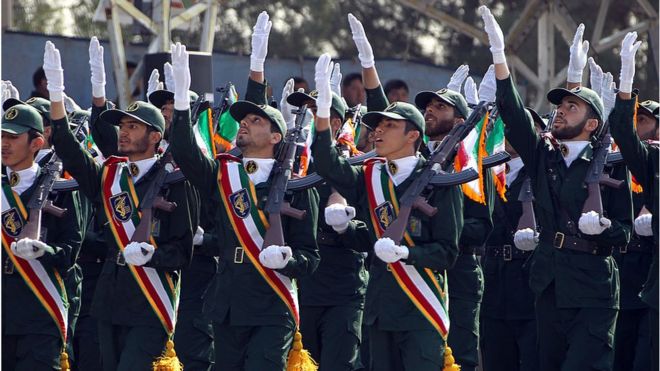 |
| ATTA KENARE/AFP/Getty Images |
When Justin Trudeau became prime minister he made it clear he meant to re-establish diplomatic links with Iran.
 |
| Prime Minister Justin Trudeau meets with Israel's President Reuven Rivlin in April (Canadian PM Office) |
In Canada's Senate, 2017 saw Conservative Party Senator David Tkachuk sponsoring Bill S-219 (the Non-Nuclear Sanctions Against Iran Act) requiring sanctions be implemented, along with a recommendation by the Minister of Public Safety and Emergency Preparedness to recommend that the Islamic Republican Guard Corps be recognized and named a foreign terrorist entity, under the Canadian Criminal Code. The bill was defeated following a year-long debate. Canada has a majority Liberal government.
Once that sanctions bill saw defeat, the Conservatives proposed a House of Commons motion for the government to cease re-engagement talks with Iran, and to list the IRGC as a foreign terrorist entity. This time the majority Liberals voted to support the motion. Still, the motion was not legally binding, with Minister of Public Safety Ralph Goodale confirming that a number of options were being considered before implementation of the measure in formal practise. Sounds very much like evasion.
The United States has announced its decision to list the Islamic Revolutionary Guards Corps as a proscribed terror group. The IRGC, formed under the auspices of the 1979 Iranian Revolution in support of the Islamic Republic, is deeply influential in Iran's domestic and international politics. It has a stranglehold on the nation's economy and is fully invested in support of the Republic since leaders of both the political and military arms have much to gain or to lose. Both groups have grown wealthy as they manipulate the country's resources.
The IRGC's interests and control over the nation's telecommunications, construction, energy and automotive industries are integral to its vital importance to the regime and in the regime apart from its military function. Control of everything associated with Iran's ambitious nuclear program is vested in the IRGC. The al Quds division of the IRGC is the arm deployed abroad, training the Houthi rebels in Yemen as they did the Syrian military during its civil war, along with Hezbollah.
The IRGC al Quds division has a long acquaintance with the terrorism of martyrdom and carnage inflicted on Iran's enemies; primarily the U.S. and Israel. During Lebanon's upheaval when Syria, Israel, the Palestinians, the Lebanese sectarian factions, the Druze, Christians, Muslims, Sunni and Shia were battling, establishment of Hezbollah by Iran, its training and its arms acquisition were carried out enabling it to mount massive deadly strikes against the U.S. marine barracks, and the U.S. and French diplomatic missions in Lebanon.
The U.S. Treasury Department had already listed the IRGC as a banned terror group in reflection of Iranian aggression and its role in destabilizing the Middle East, along with its dedication to sponsoring terror to the extent of having been responsible for tens of thousands of deaths of innocent people. This designation is a first for the United States; the first time it has recognized an entire critical unit of another nation in such a manner.
This move will have an even greater impact on Iran than the already-crippling sanctions imposed in view of Iran's intransigence respecting its technical exploits in refining long- and medium-range ballistic missiles and its ambitions to acquire nuclear devices under the guise of domestic energy empowerment.
The impact will be more far-reaching, involving companies doing business with Iran, as well as banks, and countries with ties to the Republic. The European Union, and Federica Mogherini will certainly have much to think about; their insistence that Iran does no wrong while overlooking its terrorism links, and business and trade must not be impacted, leave them on the wrong side of history.
Now it remains to be seen whether Canada too will continue to vacillate between recognizing Iran for the dangerous threat it poses to stability in its region and throughout the world, given its campaign of assassinations, missile attacks and bombing campaigns from Latin America to Europe and the Arab world, and taking the necessary final step to completely isolate a theistic regime whose agenda includes the oft-stated destruction of the state of Israel.
Labels: Canada, Iran, Islamic Revolutionary Guard Corps, Isolation, Sanctions, Terrorism, United States
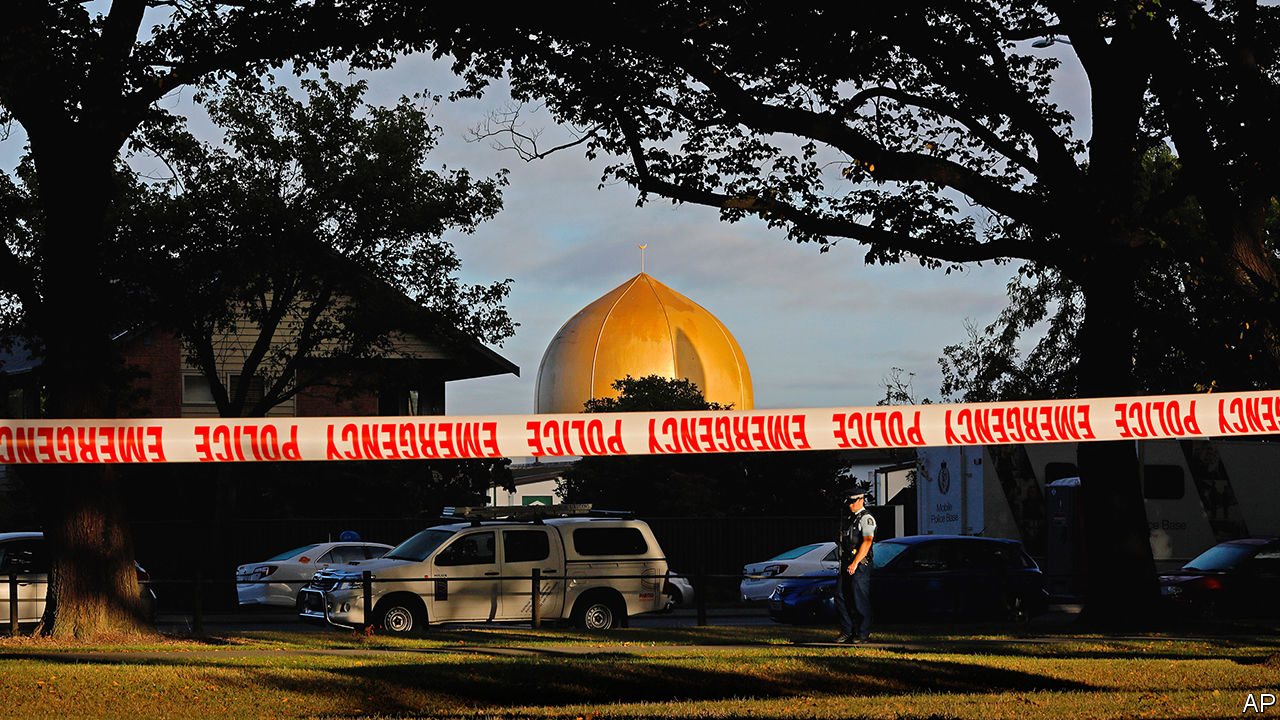


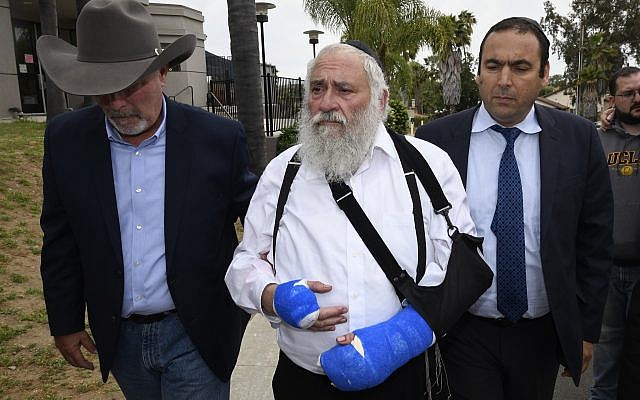
/cdn.vox-cdn.com/uploads/chorus_image/image/63687599/GettyImages_1139774091.0.jpg)





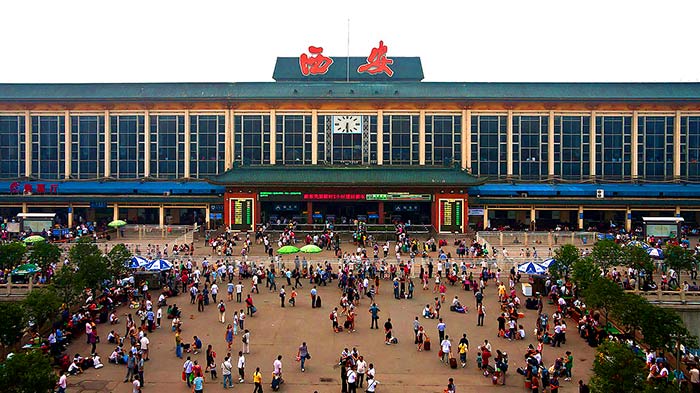

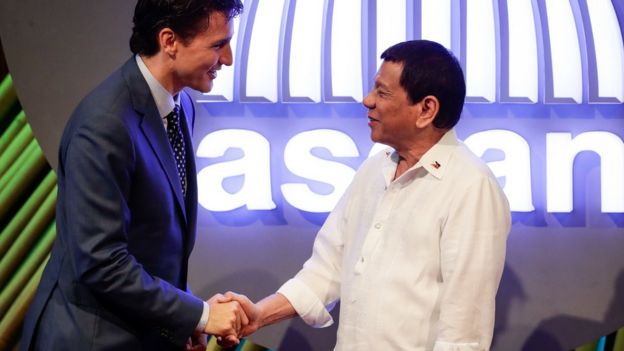











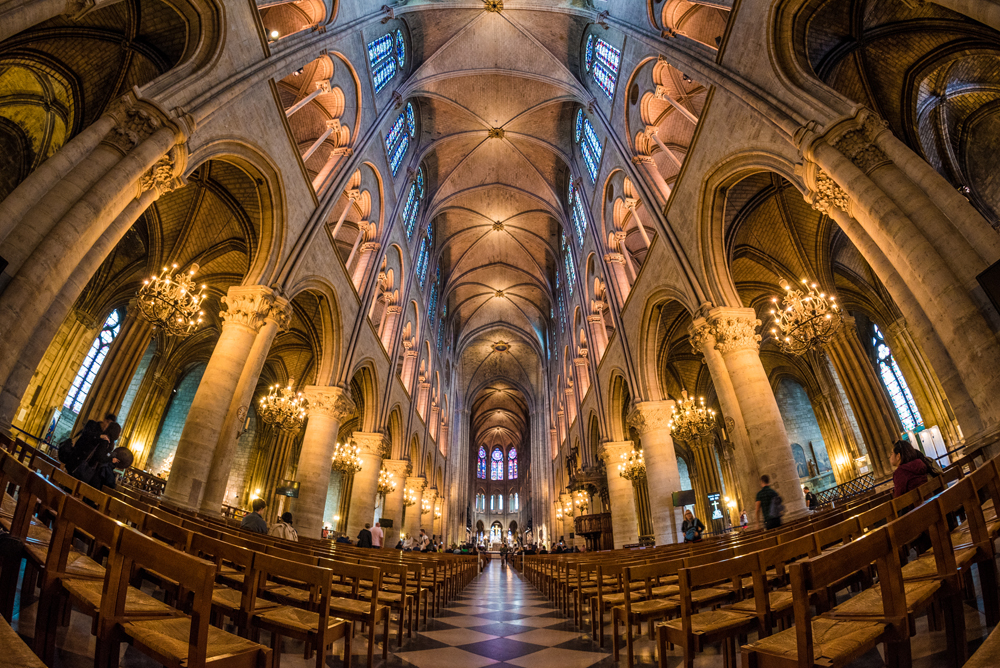
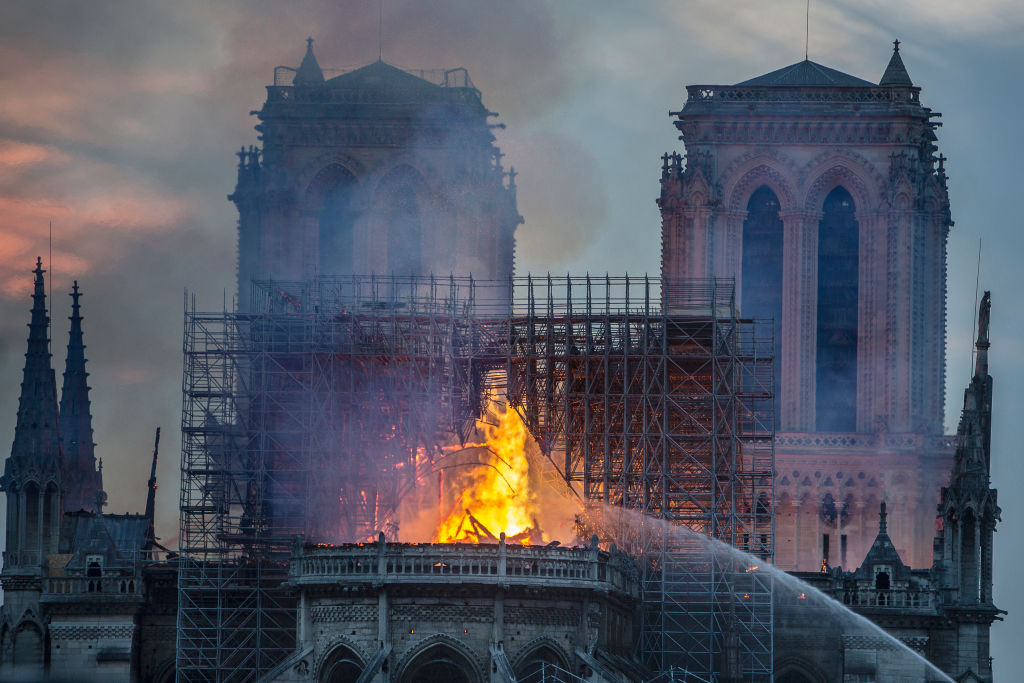
/arc-anglerfish-tgam-prod-tgam.s3.amazonaws.com/public/7ZCIIVG4IVGW5BGQOGT2OMVIDA.jpg)